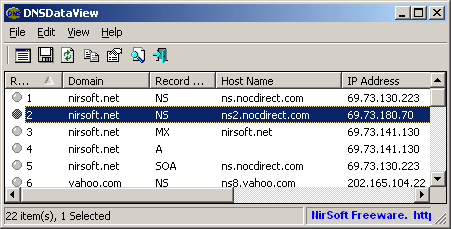고정 헤더 영역
상세 컨텐츠
본문
To use these tools you will use the Dig command in terminal (Mac) or the command line (PC). Dig is an acronym for “domain internet groper”. Dig is a useful tool for webmasters and system administrators, it can be used to query DNS servers and fix DNS related issues. In the left-hand pane, choose the network connection you want to check. Select the Advanced button and the DNS tab.. If you have manually entered settings, the MIT DNS servers will be listed in black font as shown below. If this is the case, use the minus ( - ) button to remove them.
In Mac OS X, how do I check what DNS server I'm currently using (preferably a command line solution)?
System Preferences > Network shows 192.168.1.1, which is my router's address and not the real DNS server.
migrated from serverfault.comMar 16 '11 at 3:39

This question came from our site for system and network administrators.
6 Answers
You could try issuing a scutil --dns | grep 'nameserver[[0-9]*]' at the command line. Should give you a list of DNS servers configured on your system.
Your router is acting as a DNS forwarder, you ask your router and your router asks a DNS server for you. You need to login to your router web config to figure out what it's using, or you could just enter it directly into your Network configuration.
JacobJacobDns Lookup Tool Mac
Use the following command to view your DNS server in Mac OS X :
Open the terminal and type
to view your DNS server.
Sample output :
Sathyajith Bhat♦
Akamai provides a DNS debugging tool which returns the IP address of the resolver used for the query. Open Terminal.app and run the following command:
UltraDNS also provides one, but I've found it to be less reliable:
The IP address returned by these tools is a DNS resolver in use for your network, but may be only one of several. There might be an advantage to using the IP in your Network preferences directly.
You can benchmark the performance of your local and alternate DNS servers using namebench.
I reached to this question while I was looking for a way to get the list of DNS servers of a specific network adapter in text format (for example the Wi-Fi adapter):
This DNS servers list can be obtained in the terminal with this command:
Change Dns In Mac
And for Ethernet adapter:
Dns Mac Address
That is the DNS server your mac is using. Your router is running a caching DNS server, and setting itself as the DNS server via DHCP. If you login to your router, you might be able to find out which DNS servers it uses.





댓글 영역